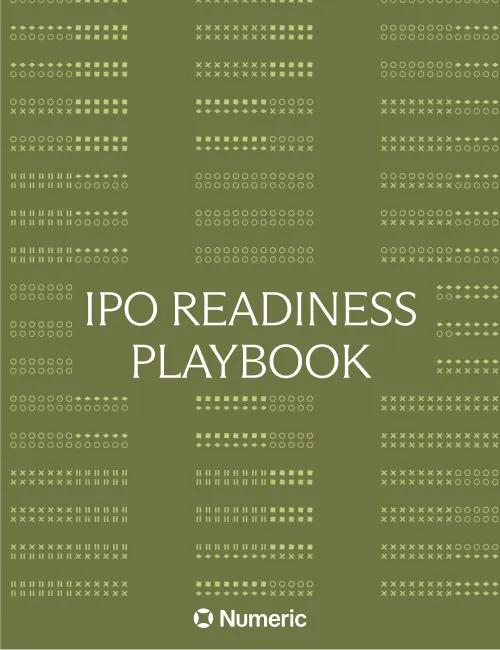Balance Sheet
The balance sheet is a financial statement that provides a snapshot of a company's financial position at a given point in time, divided into assets, liabilities, and equity. It is an important tool for accounting professionals, businesses, and investors to assess the company's financial health and performance.
Definition
A balance sheet is a financial statement that provides a snapshot of a company's financial position at a given point in time. It is one of the three primary financial statements used by businesses to assess their financial health and performance. The other two primary financial statements are the income statement and the statement of cash flows.
The balance sheet is also known as the statement of financial position. It is divided into two sections: assets and liabilities. Assets are resources owned by the company, such as cash, inventory, and equipment. Liabilities are obligations owed by the company, such as accounts payable, loans, and taxes. The difference between the two is the company's equity, which is the value of the company's assets minus its liabilities.
Example
For example, a company's balance sheet might look like this:
Assets
Cash: $100,000
Inventory: $50,000
Equipment: $200,000
Liabilities
Accounts Payable: $50,000
Loans: $150,000
Taxes: $25,000
Equity
Equity: $125,000
In this example, the company has total assets of $350,000 and total liabilities of $225,000, resulting in equity of $125,000.
Why it Matters
The balance sheet is an important tool for businesses to assess their financial health and performance. It provides a snapshot of the company�s assets, liabilities, and equity, which can be used to evaluate the company�s liquidity, solvency, and financial stability.
For accounting professionals, the balance sheet is a key tool for understanding a company�s financial position and making informed decisions. It can be used to identify potential risks and opportunities, as well as to assess the company�s ability to meet its financial obligations.
The balance sheet is also an important tool for investors, as it provides insight into the company�s financial health and performance. By analyzing the balance sheet, investors can make informed decisions about whether or not to invest in a company."




